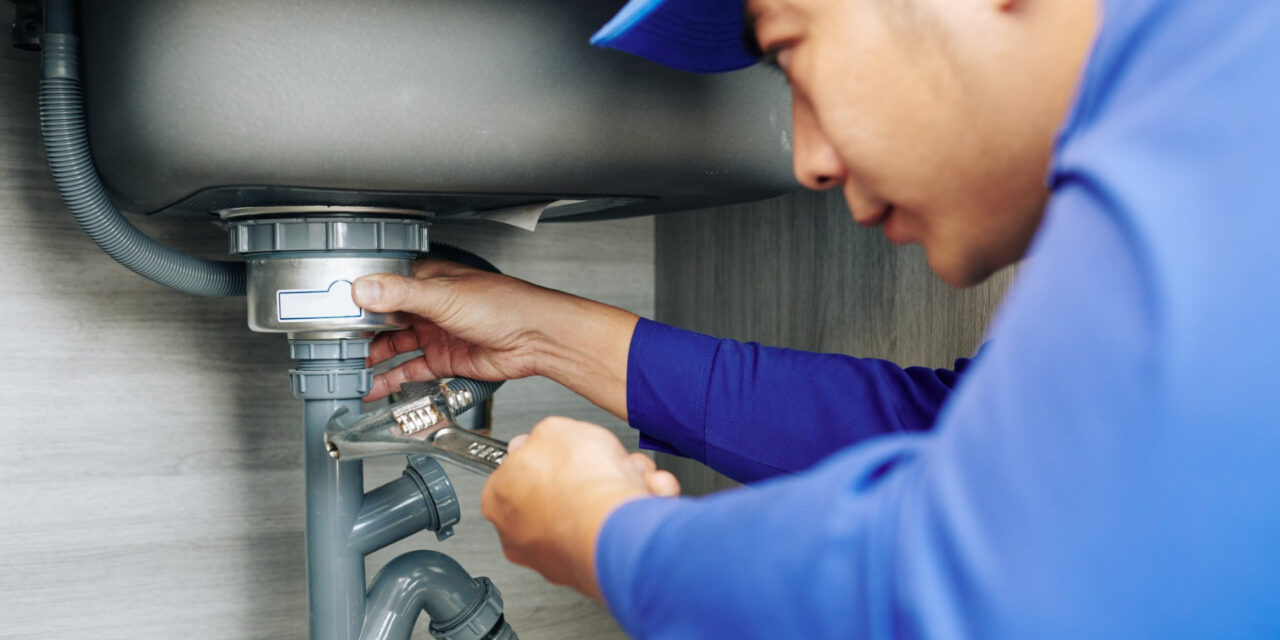How to Inspect If Your House Has a Concealed Leakage
How to Inspect If Your House Has a Concealed Leakage
Blog Article
Listed here below you can discover more excellent news around Locating water leaks.

The minute you discover a leakage, calling your plumber for repairs is the best service. Nonetheless, some small water leaks may not be visible. Below are some hacks that help if you can not find it with your nude eyes.
Early discovery of dripping water lines can alleviate a potential calamity. In addition to conserving you money, it will reduce the stress and irritation.
Inspect Water Intake
Examine your water bills and also track your water intake. As the one paying it, you need to notice if there are any kind of inconsistencies. If you detect sudden changes, in spite of your consumption being the same, it implies that you have leaks in your plumbing system. Keep in mind, your water expense ought to fall under the exact same variety every month. An unexpected spike in your bill indicates a fast-moving leak.
Meanwhile, a steady boost every month, despite having the same practices, shows you have a sluggish leakage that's also slowly rising. Call a plumber to thoroughly inspect your residential property, specifically if you really feel a cozy area on your flooring with piping below.
Check as well as Analyze the Circumstance
Homeowners ought to make it a habit to inspect under the sink counters and also even inside cabinets for any bad odor or mold and mildew growth. These 2 red flags show a leak so prompt interest is required. Doing regular assessments, even bi-annually, can save you from a major trouble.
Analyze the Water Meter
Every residence has a water meter. Inspecting it is a proven way that aids you find leaks. For beginners, turn off all the water sources. Ensure no person will purge, utilize the faucet, shower, run the cleaning machine or dish washer. From there, go to the meter as well as watch if it will alter. Considering that nobody is using it, there must be no activities. That indicates a fast-moving leakage if it moves. If you detect no changes, wait a hr or two and inspect back once again. This implies you might have a slow leak that might also be underground.
Asses Outside Lines
Don't neglect to check your exterior water lines also. Should water leak out of the link, you have a loose rubber gasket. One little leakage can throw away heaps of water and also surge your water bill.
Do a Food Coloring Examination
30% comes from toilets when it comes to water usage. Test to see if they are running effectively. Decline flecks of food shade in the storage tank and wait 10 mins. There's a leak between the storage tank as well as dish if the shade in some way infiltrates your bowl during that time without flushing.
Inspect for stainings as well as weakening as most pipes and appliances have a life expectancy. If you believe dripping water lines in your plumbing system, don't wait for it to intensify.
The moment you discover a leak, calling your plumber for repair services is the finest remedy. Some tiny water leakages might not be visible. Inspecting it is a surefire way that helps you uncover leakages. One tiny leak can lose tons of water as well as surge your water costs.
If you believe dripping water lines in your plumbing system, do not wait for it to intensify.
How to Know If Your Home Has a Hidden Leak
Water Meter Reveals Inexplicable Water Usage
If you’d like to test whether or not there’s a leak somewhere in your home, you can do this using your water meter. Here is how to conduct the test:
Don’t use any water in your home for at least 30 minutes; this also means not turning on faucets or water-using appliances.
Go outside, and check your water meter for activity.
If your water meter shows that there was activity, even though no one was using any water, this proves that there is a leak in your home.Visible Mold or Mildew Growth
Leaks behind walls create moist, dark environments that allow mold and mildew to grow and thrive. Eventually, you might see mold growth forming on the wall closest to a hidden leak.
If mold is growing in an area that receives a high amount of moisture, such as a bathroom, it may simply be an indication that better ventilation is needed. However, if you see mold growth on a wall or the ceiling in an area where you would not expect, you probably have a hidden leak.
Musty, Mildew Odor
Sometimes you might not be able to see the mold or mildew that is growing as a result of a leak. However, the smell can give the problem away just as easily. If you catch a whiff of something musty, there’s a good chance that old water is collecting somewhere in your home that you can’t see.
Stained/Warped Walls, Ceilings, or Floors
When your home soaks up water, a variety of red flags can become visible, including ceiling stains, bubbling drywall, warped walls, and sagging floors. While these issues can be caused by excess humidity, they can also be signs that a pipe or plumbing connection has started leaking behind your walls.
Inexplicably High Water Bill
After a while, you get a general sense for what your water bill should be. If you own a pool or sprinkler system, your bill will tend to be higher during summer. However, if you receive a water bill that seems especially high, and you can’t figure out what caused it, then you may have a hidden leak somewhere that’s increasing your bill.
https://www.plumbingjoint.com/blog/2019/july/how-to-know-if-your-home-has-a-hidden-leak/

I was shown that article on Finding hidden leaks from someone on a different domain. Are you aware of someone else who is involved in the niche? Please feel free to share it. Thanks for your time. Visit again soon.
Report this page